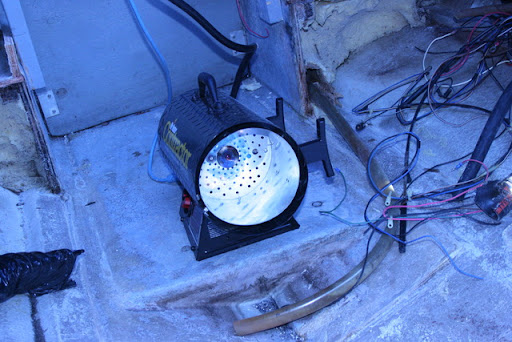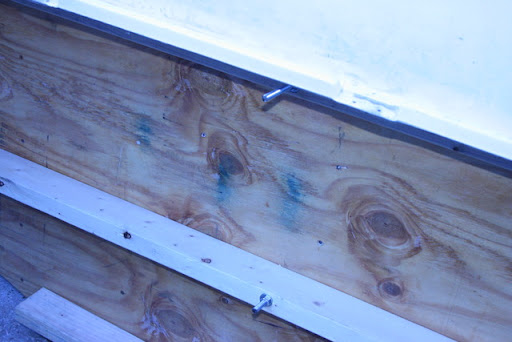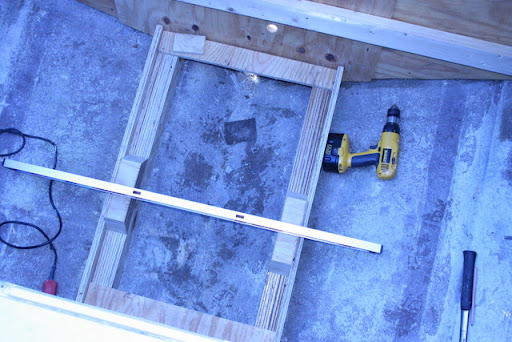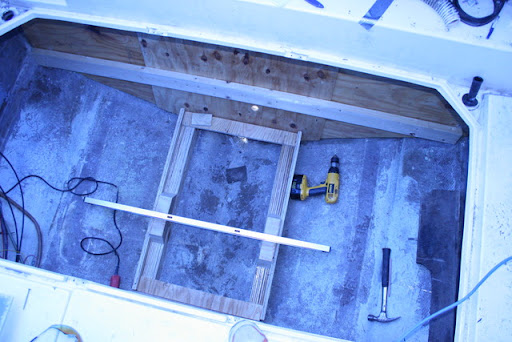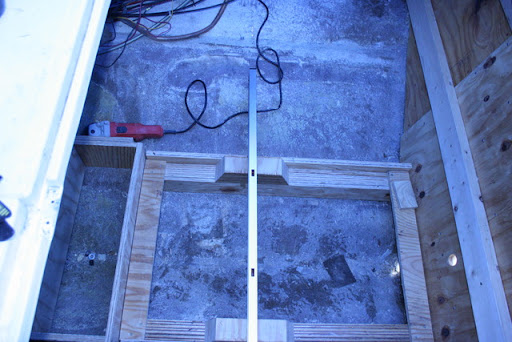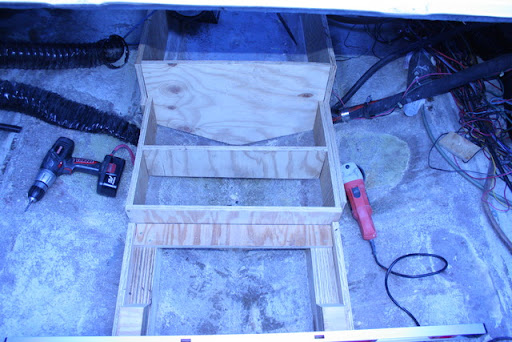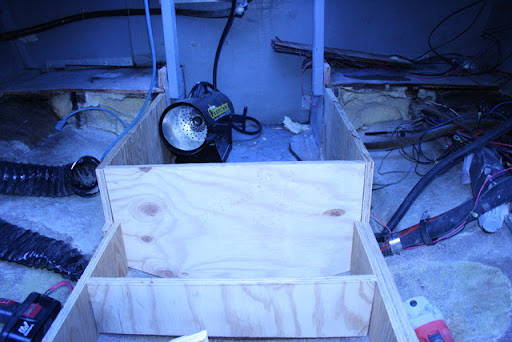Henry Boyd
Well-Known Member
- Apr 24, 2007
- 6,014
- Boat Info
- ‘09 Sabre 38 Hardtop Express “Serenity”
- Engines
- Volvo D6 w/IPS450 Pods
Yes sometimes the 'core' between two layers of glass is going nothing more than keeping a shape, but in this case the stringer is carrying a lot of load as well. The glass and wood core work together to make a piece that is stronger than one made of a single material. Wood has different strength properties in different directions. For example, stand a piece of wood so that the grain runs vertically and you can pound on the end and drive it into the ground. Take the same piece of wood and place so the grain is parallel to the ground, hit it with the same tool and force and it will be splinters in no time.
The engine mounts are going to see a lot of force being directed on them (engine weight, plus all the engine torque and vibration). The pine stringer will split under load. What you want is a nice dense wood like oak
Also your existing stringers got wet (oak turns black when it gets wet), but they are still here after 20 something years. Get water under the glass and the pine board will turn to mush in a couple seasons.
Try and get a copy of Wooden Boat Magazine. Mostly sailboat construction is covered in the articles, but there are a number of reputable wood suppliers that cater to the boat building industry that advertise.
Henry
The engine mounts are going to see a lot of force being directed on them (engine weight, plus all the engine torque and vibration). The pine stringer will split under load. What you want is a nice dense wood like oak
Also your existing stringers got wet (oak turns black when it gets wet), but they are still here after 20 something years. Get water under the glass and the pine board will turn to mush in a couple seasons.
Try and get a copy of Wooden Boat Magazine. Mostly sailboat construction is covered in the articles, but there are a number of reputable wood suppliers that cater to the boat building industry that advertise.
Henry




